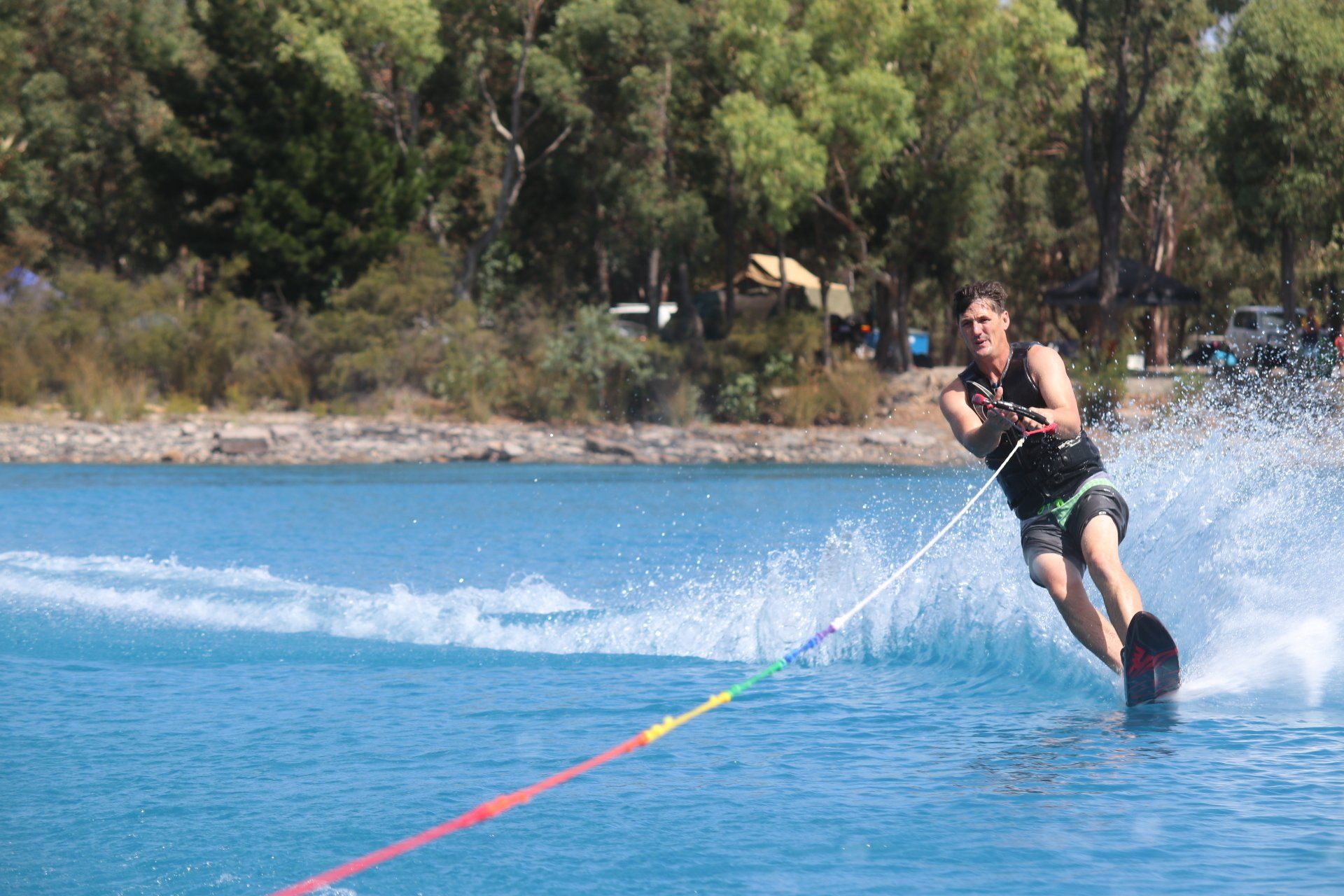Closing open pit mines: data gaps and research needs
Australian scientists, as part of a major effort to improve post-mining landscapes, have identified a need to increase our understanding of how dewatering of open pit mines impacts the regional groundwater and how the groundwater recovers after mining ceases.

Stockton Lake which is a repurposed open cut coal mine near Collie Western Australia
The Challenge
Over the next 25 years, 50 per cent of Australia’s existing mines are expected to close. Further, Australia is on the cusp of another mining boom, driven largely by the world’s transition to green energy, that may rival the recent one. Post-mining landscapes will always be different to pre-mining landscapes. Can outcomes for the former be improved to look at least a little more like the latter? And why is this so important? What is the incentive to commit to effecting change?
The challenge is to understand the impacts of mining activities on the natural environment and those people living in close proximity to the mine site and how they can be altered or ameliorated by management. A theoretical and empirically grounded platform is required to enable assessments of major environmental, economic and social impacts of mine closures that can inform options for post-mining use. With so few mines that have actually been properly closed and relinquished, there are not a lot of successful precedents to examine for lessons learned.
Water issues and water management in open pit mines in particular present specific challenges when closing a mine and considering post mine risk and potential future use. Historically, water management at mines that are no longer producing has often resulted in significant long-term ongoing costs and/or environmental legacy issues. This has made it very difficult, if not impossible, for proper mine closure and lease relinquishment. This is especially true for open pit mines that extend below the natural water table and that have been dewatered for mine operation. Yet, pit lake water could provide a valuable resource rather than constitute a liability for regional environments, their communities and economic development in a post-mining environment. Realising the potential for this water resource would support orderly transition to relinquishment and facilitate successful transition to sustainable post-mining regional communities.
Successful management strategies for pit lakes have to establish the resource capacity and quality under the local climatic and hydro(geo)logical conditions of the mine site. This forms the basis for considering post-mining land-use opportunities (e.g., tourism, recreation, aquaculture, agriculture, museums, training facilities, sanctuaries) while safeguarding water requirements for ecosystem protection and revegetation at the local and regional scale.
Project Overview
This project examined the potential to optimise water management and water use for environmental restoration and examine the potential opportunities and value of other beneficial water uses. It identified challenges and opportunities and the key follow up research needed to enable water management to achieve environmental, cultural and economic goals. This work was conducted by a team with expertise in groundwater and surface water flow, water chemistry and water quality and an understanding of mine operational requirements.
This research synthesised the current knowledge base through a review of the open literature, identified best practice, challenges and knowledge gaps, outlined future research priorities, and built a strategic framework to inform future research.
The project reinforced the lack of information in the general scientific literature across many areas of mining hydrology. Coming to terms with what is known and what is not known is difficult as there is a wealth of knowledge within mining companies, but very little in open literature. Where publicly available information exists, it is generally not easy to locate and is not included in common search tools.
This project benchmarked current state-of-knowledge on water issues and water management in below water table open pit mines. The key knowledge gaps identified will provide a baseline for future projects in this area that will help manage water quality and quantity after mines are closed. This not only supports closed mines to protect social and environmental values but also promotes integrated mine closure practices that will reduce long term risk and identify post-mining use opportunities during operations.
Key Findings
• Water balance and water quality impacts are amongst the most important issues for mining and mine closure.
• After mine dewatering ceases, groundwater levels close to the pit will begin to recover, but further from the mine pit, groundwater levels will continue to fall for some time.
• Detailed information on the aquifer system surrounding the mine is required to predict how the groundwater system recovers after mine closure.
• For pits that are not backfilled, pit lakes will usually develop. Predicting pit lake levels, water quality and backfilling rates is very complex and needs detailed research and improved modelling capabilities.
• Different strategies can be used to improve mine closure outcomes, and there is a need to evaluate which strategies are most likely to be successful in different environments This is critical to understand in what situations pit lake water could provide a valuable resource for regional environments, their communities and economic development in a post-mining environment
• Major mining companies are overall supportive of this research – and, while realising this is overdue, are recognising that planning needs to be built into the whole life-cycle of the mine from its inception.
Conclusion
Open mine pits are becoming more and more common, and this project and those that will follow on from it are considered key to maximising post-mining landscape outcomes. Everyone with a stake in mining and communities impacted by mining, especially across regional Australia, should be excited by the promise and potential of where this research is heading with Australia having the opportunity to lead the world in improving post-mining landscapes.
Dr Peter Cook is Director of the National Centre for Groundwater Research and Training (NCGRT) College of Science & Engineering, Flinders University, and the Lead for Project 3.3 at the Cooperative Research Centre for the Transformation in Mining Economies.










